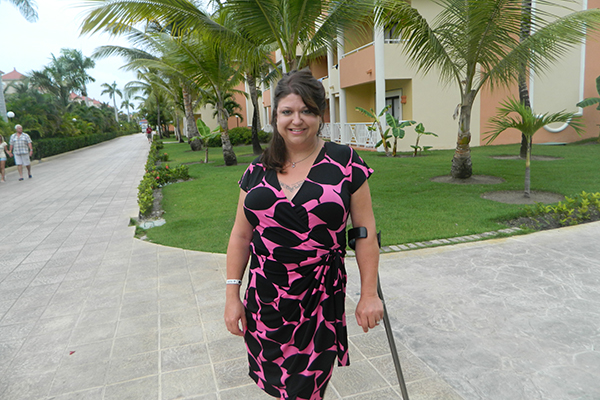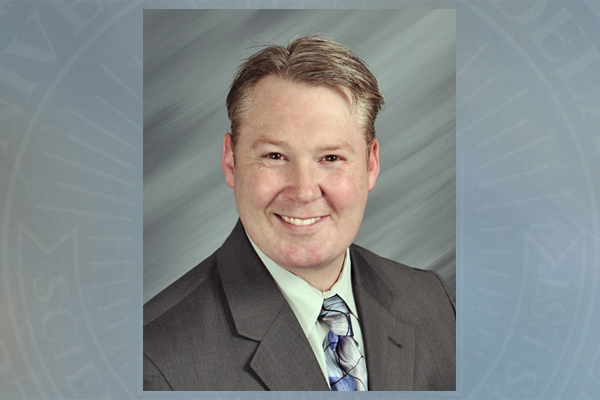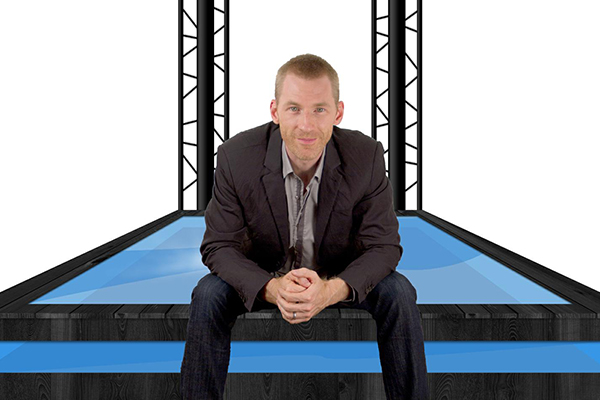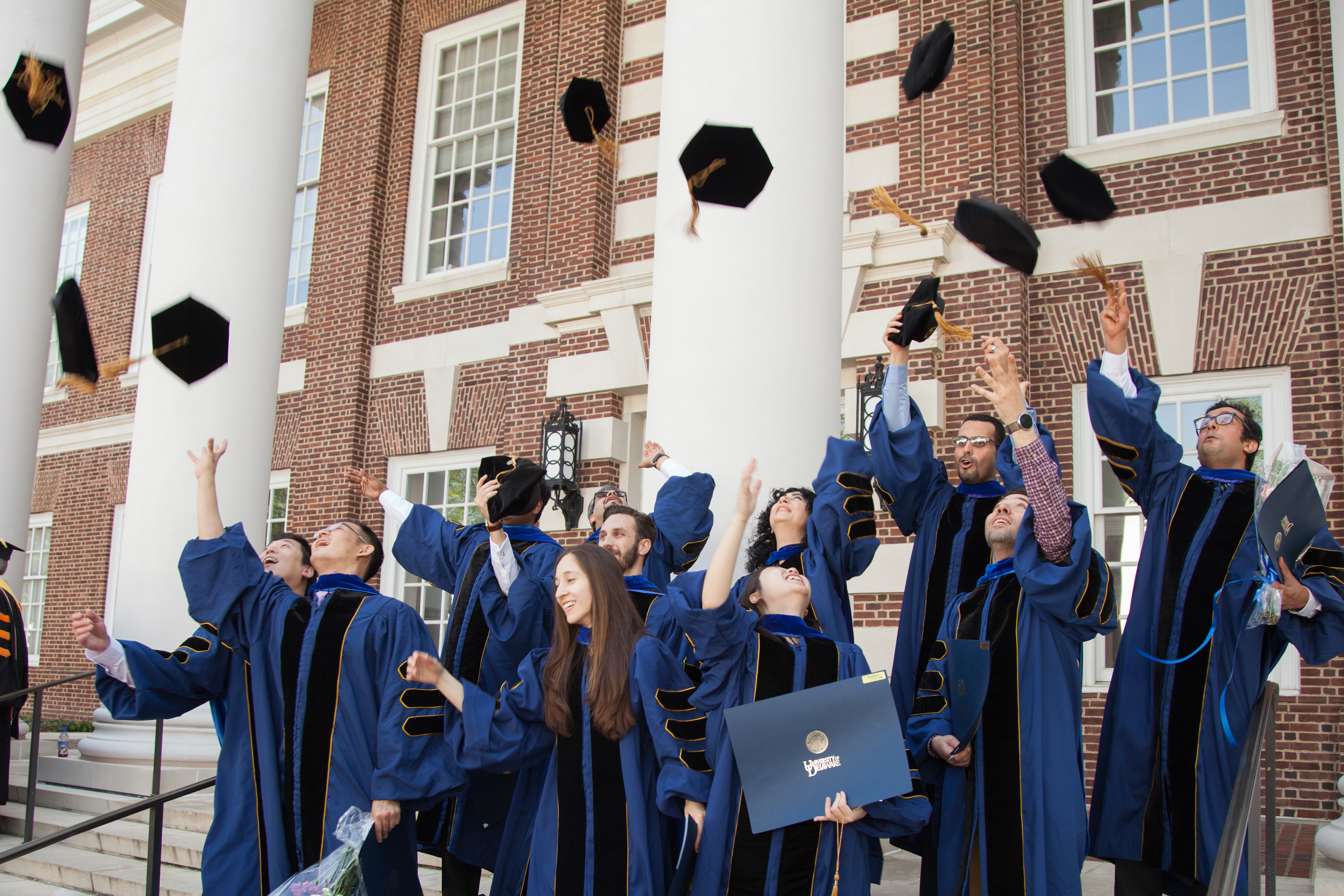


Optimal function
Pennsylvania amputee to visit BADER lab at UD's STAR Campus to test prosthesis
9:11 a.m., Oct. 28, 2014--Ashly Ash had her right leg amputated when she was 4 years old after being diagnosed with osteosarcoma, a type of bone cancer. For much of her life she has used a prosthesis, though it’s been a challenge to find one that’s comfortable and lasting.
Now, BADER Consortium and Independence Prosthetics-Orthotics are teaming up to help fit the 29-year-old Pennsylvania woman with a specialized prosthesis that provides optimal function and support for her unique type of limb loss.
Campus Stories
From graduates, faculty
Doctoral hooding
They are doing it with Oklahoma City prosthetist Jay Martin, who has developed a lightweight hip socket device that gives higher-level amputees like Ash more control and comfort.
Martin will help the staff at Independence create a better-fitting prosthesis for Ash. She will be casted and a prosthesis developed from the mold. He also will create a diagnostic socket that should be more aligned to her body.
After that, Ash will head to the BADER laboratory on the University of Delaware’s Science, Technology and Advanced Research (STAR) Campus. There, she will walk on the split-belt instrumented treadmill and have her movements captured and analyzed to test the final product.
It’s a complicated task with one extra wrinkle -- the entire project is slated to be completed in less than 48 hours.
And that includes an hour-long talk Martin is slated to give at 2 p.m., Thursday, Oct. 30, in the Health Sciences Complex atrium on the STAR Campus. For more information on the presentation, contact Dawn Montgomery at 302-831-7266 or dawnm@udel.edu.
“It’s amazing to me. It’s a huge opportunity,” said Ash, 29, who initially made contact with the BADER Consortium after hearing about it from her aunt, who works at UD. BADER supports orthopedic research to help service members with limb loss or limb difference return to optimal function. It is funded through a $19.7 million Department of Defense grant.
Only about 1 to 2 percent of all patients with a prosthesis have a higher-level amputation like Ash. It’s called hip disarticulation, and it involves the loss of the hip, knee and ankle joints. Patients with this type of limb loss typically face additional challenges related to balance, walking and other activities.
More than once, Ash, has broken her prosthesis as a result of her busy lifestyle, which includes two-mile walks, five-mile rides on an arm and leg bike and handling most of the yard work on her property in Nottingham, Pennsylvania.
“I’m weeding. I’m bringing the wood in the basement up the steps. I don’t really stop,” she said. “I’m a very active person.”
John Horne, owner of Independence Prosthetics-Orthotics, said the two-day event is a great way to highlight the new clinic that is being started in collaboration with BADER to help patients with limb loss who want to optimize the fit and function of their prosthetic devices.
Information captured through motion analysis can help clinicians make changes to a prosthesis to improve function and comfort for patients, he said. And researchers can use the information gleaned while patients are walking on the treadmill and their movements are being recorded by the surrounding high-speed cameras.
Ash is the fourth patient to undergo motion capture on the treadmill in the BADER lab. She has already walked on the treadmill once with her current prosthesis. Once the new prosthetic limb is created, prosthetists will be able to compare the changes in her gait and alignment and make any changes, if necessary.
Horne said he expects the clinic to become another resource for patients with limb loss who want to improve their mobility outcomes. He already works with UD’s Department of Physical Therapy, which has a monthly amputee clinic to help patients who need an objective measure of their prosthetic function.
“Jay Martin is challenging our industry to do better. We want our patients to do better. Ashly, she wants to walk without a crutch,” Horne said. “We can tie in the research with the practicality of the clinic.”
Article by Kelly Bothum










